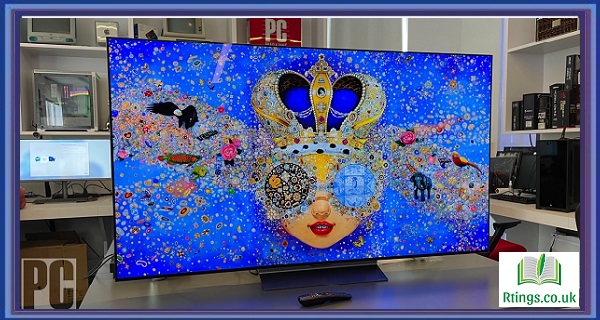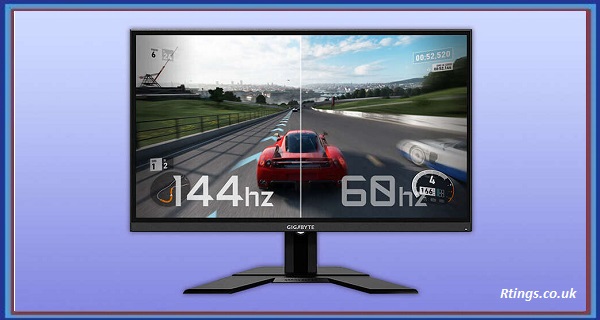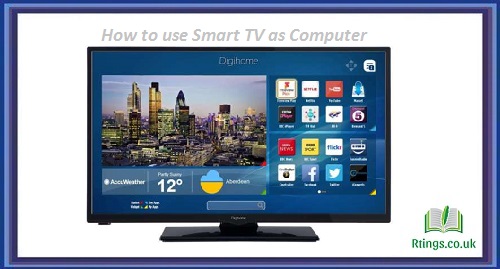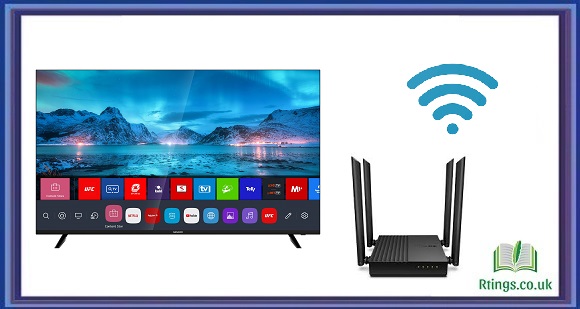When shopping for a budget OLED TV, one of the important factors to consider is the refresh rate. The refresh rate is the number of times the TV can update its image per second. A higher refresh rate can result in smoother motion and less motion blur, making it a key factor for those who plan to watch sports, play video games, or watch action movies. Here are some tips for assessing the refresh rate of a budget OLED TV.
Understand the Basics
Before diving into the specifics of refresh rates, it’s important to understand the basics. The refresh rate is measured in Hertz (Hz), representing the number of times per second the TV can update its image. A 60Hz refresh rate means the TV can update its image 60 times per second, while a 120Hz refresh rate means the TV can update its image 120 times per second.
Determine the Native Refresh Rate
The first step in assessing the refresh rate of a budget OLED TV is to determine the native refresh rate. This is the refresh rate that the TV is designed to run at, and it can vary depending on the TV model. Look for this information in the TV’s specifications, which should be listed on the manufacturer’s website or the TV itself.
Look for Motion Smoothing Technology
Many budget OLED TVs come with motion smoothing technology, which can help to reduce motion blur and make fast-paced action scenes look smoother. This technology works by creating additional frames between the original frames, which can result in a higher perceived refresh rate. Look for TVs with features like motion interpolation or motion smoothing to improve the perceived motion of the image.
Consider Input Lag
Another factor to consider when assessing the refresh rate of a budget OLED TV is input lag. Input lag is the delay between when you press a button on your controller or remote and when the TV responds. A high input lag can make it difficult to play fast-paced video games or react quickly to changes on screen. Look for TVs with low input lag to ensure a smooth gaming experience.
Read Reviews
One of the best ways to assess the refresh rate of a budget OLED TV is to read reviews from experts and other users. Reviews can provide valuable insights into the performance of the TV, including how it handles fast-paced action, motion blur, and input lag. Look for reviews from trusted sources like Consumer Reports, Rtings.co.uk.
Test the TV Yourself
Finally, the best way to assess the refresh rate of a budget OLED TV is to test it yourself. Visit a local electronics store and ask to see a demonstration of the TV. Bring a video game or sports footage to test how the TV handles motion and input lag. This can give you a better sense of how the TV will perform in your home.
Conclusion
Assessing the refresh rate of a budget OLED TV is an important step in choosing the right TV for your needs. By understanding the basics, looking for motion smoothing technology, considering input lag, reading reviews, and testing the TV yourself, you can make an informed decision and enjoy a smooth, high-quality viewing experience.
Frequently Asked Questions (FAQs)
Should I test the TV before buying it?
Yes, testing the TV before buying it is a good idea. This can give you a better sense of how the TV will perform in your home and help you make an informed decision. Visit a local electronics store and ask to see a demonstration of the TV, and bring a video game or sports footage to test how the TV handles motion and input lag.
Is a higher refresh rate always better?
Not necessarily. While a higher refresh rate can result in smoother motion and less motion blur, it’s important to consider other factors such as input lag, motion smoothing technology, and the TV’s overall performance. A TV with a lower native refresh rate but better motion smoothing technology may provide a better viewing experience than a TV with a higher native refresh rate but poor motion handling.
Can a budget OLED TV have a high input lag?
Yes, a budget OLED TV can have a high input lag, making it difficult to play fast-paced video games or react quickly to changes on screen. Look for TVs with low input lag to ensure a smooth gaming experience.
What is motion interpolation, and how does it affect the refresh rate?
Motion interpolation is a feature found on many TVs that creates additional frames between the original frames to reduce motion blur and make fast-paced action scenes look smoother. This can improve the perceived refresh rate of the TV, but it can also introduce artifacts and distortions in the image.
What is a good refresh rate for a budget OLED TV?
A good refresh rate for a budget OLED TV is typically 60Hz or higher. However, keep in mind that the native refresh rate is just one factor to consider when assessing the TV’s motion performance. Other factors, such as motion smoothing technology and input lag, can also affect the perceived refresh rate.







